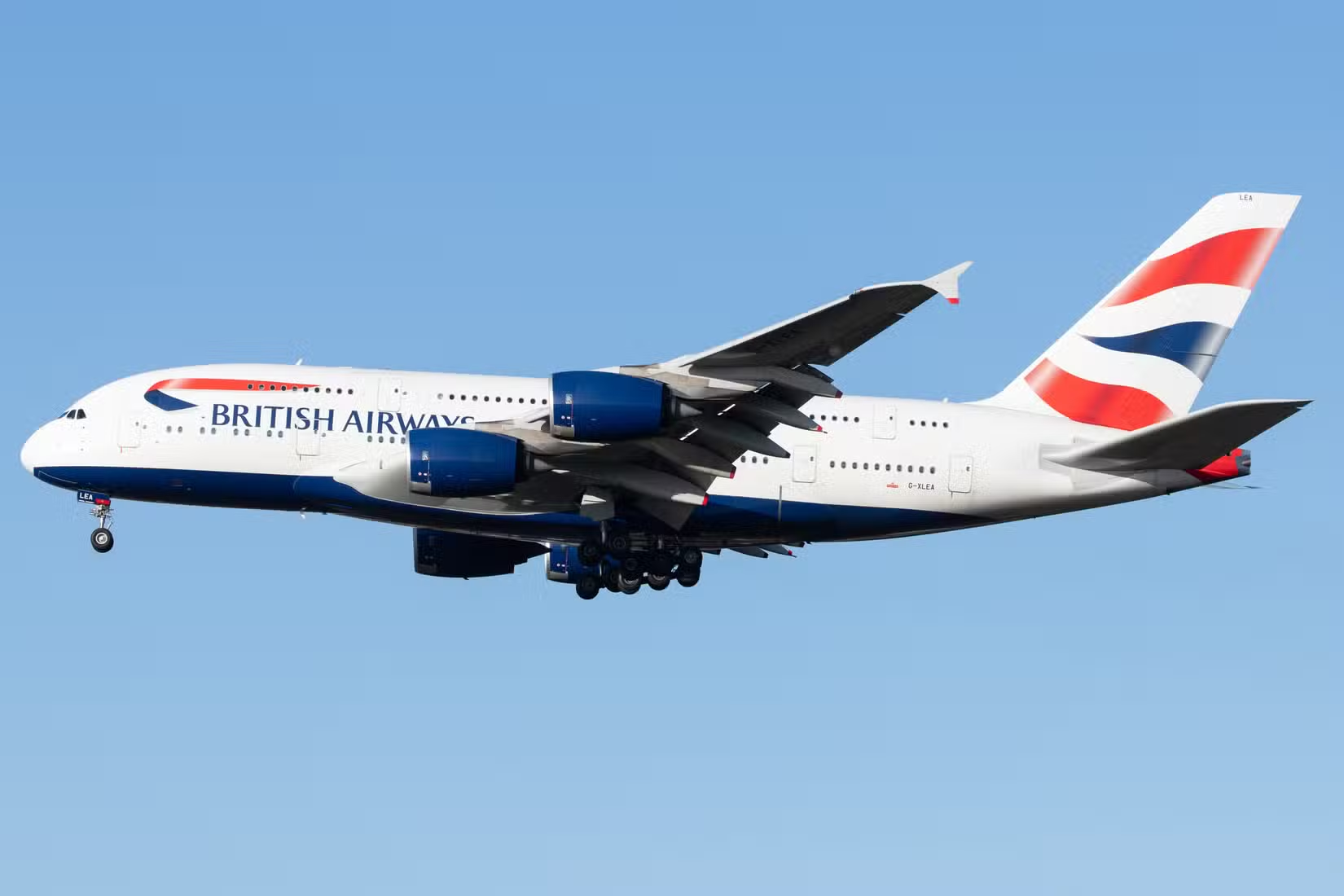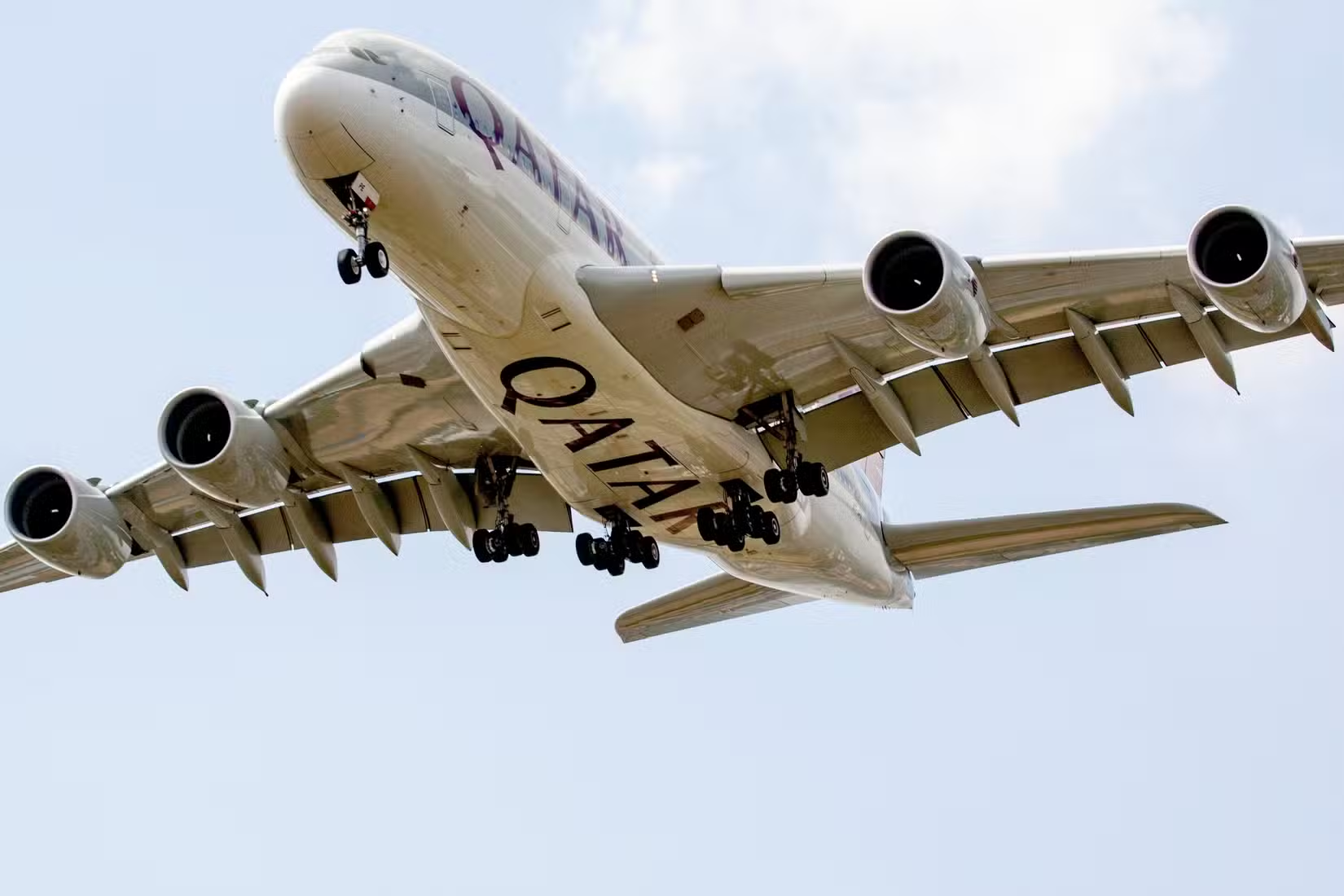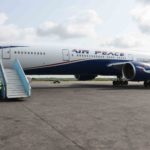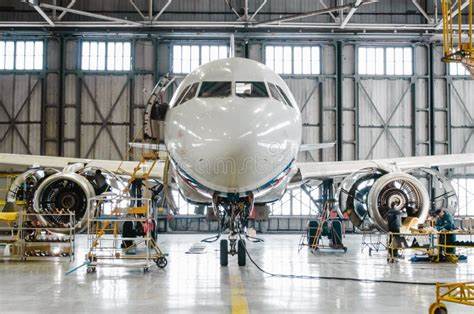The Airbus A380 is one of the world’s most recognizable airliners. With two full-length passenger decks, a nearly 80-meter (262 ft) wingspan, and four large high-bypass turbofans, this enormous “superjumbo” turns heads wherever it goes. Unfortunately, it turned the heads of airline executives for another reason; it was simply too big to operate profitably on most days, and it was too thirsty.
Part of the problem was its engines. While relatively modern, the fact that there were four of them meant that the A380 was inherently less efficient than a twinjet like the Boeing 777, a large airliner that only needed two engines. Adding two more engines versus a 777 also adds complexity, leading to higher maintenance costs. Therefore, it’s hardly a surprise that Airbus sold just 251 copies of the A380, whereas the largest version of the 777, the 777-300ER, sold over 800 examples.
Why Have The Extra Engines?
Twinjets are the future, as has been evidenced most recently by the Airbus A350 and Boeing 787. Even in the 1990s and 2000s, when the A380 was being developed, the twinjet Boeing 777 and Airbus A330 were by far the most successful of the 1990s clean-sheet widebodies (A330, A340, 777, MD-11). Airbus had already experienced that its large, long-range A340 was coming up short against the competing Boeing 777.
However, while two-engined airliners are ubiquitous today, they do still have limitations. The 777-300ER is equipped with two General Electric GE90-115Bs, which are capable of producing over 115,000 lbs of thrust. Two of these mean that a 777-300ER at full takeoff power can produce over 230,000 lbs of thrust. While this is more than plenty for a 777, the Airbus A380 has a rated Maximum Takeoff Weight (MTOW) of 575T, as opposed to the 777-300ER’s 351T MTOW.
The A380 is simply too large and too heavy to be powered by two examples of even the world’s most powerful turbofan engine. Its four motors are either the Engine Alliance GP7200 or the Rolls-Royce Trent 900, and the GP7200 is rated for up to 74,735 lbs of thrust while the Trent 900 is rated for 76,752 lbs of thrust. At takeoff power, an A380 can generate over 307,000 lbs of thrust, which are figures that aren’t currently achievable with a twinjet configuration.
How The Engines Contributed To The Fall Of The Superjumbo
Going with a quadjet layout was ultimately unavoidable, given the size of the Airbus A380. In reality, the issue wasn’t necessarily the number of engines under the King Of The Sky’s wings, but rather, the engine models themselves. The 1990s saw several new widebodies using the latest tech at the time, such as the Rolls-Royce Trent 700 or General Electric GE90, while the engines used by current in-production widebodies were developed in the late 2000s.
Chronologically, the A380 falls in a weird spot. It came out after the 1990s widebodies but before the Boeing 787 and Airbus A350. As such, its engines are a blend of 1990s and late 2000s technology, which meant that the A380 was already handicapped against newer rivals. Furthermore, while the GP7200 and Trent 900 are meant to be more efficient than a PW4000, Trent 700, or GE90, the design choices made have contributed to these planes’ overall costs.The GP7200, a product of a collaboration between General Electric and Pratt & Whitney, has a scaled-down GE90 core fitted to a PW4000 fan and low-pressure system. The Trent 900 also has scaled-down components from previous Trent models. Essentially, though, these two engine models are orphan derivatives that are less efficient and advanced than the Trent 1000, Trent XWB, or GEnx. This makes the plane thirstier, and more expensive in maintenance costs.
The Size That Became A Hindrance
The Airbus A380 is an unusual-looking airliner. Beyond the two decks and the large forehead, the A380 has disproportionally massive stabilizers, a wing that’s nearly 80 meters (262 ft) wide while the fuselage is shorter than that of the Boeing 777-300ER. Additionally, it has a range of around 8,000 NM (15,000 KM) which is exceptionally long for an aircraft of its size. The reason behind these characteristics is that the A380-800 was designed as a shrink.
In most aircraft families, the manufacturer will design the base variant, like the Airbus A320. It’ll then stretch the product by adding length to the fuselage, such as with the A321, and it’ll remove length to create a shrink, like with the Airbus A319. With the A380-800, the aircraft was designed with larger variants in mind, and Airbus created an aircraft that was optimized for an A380-900. The A380-800, then, was to be the smaller, less efficient, but more capable variant.






